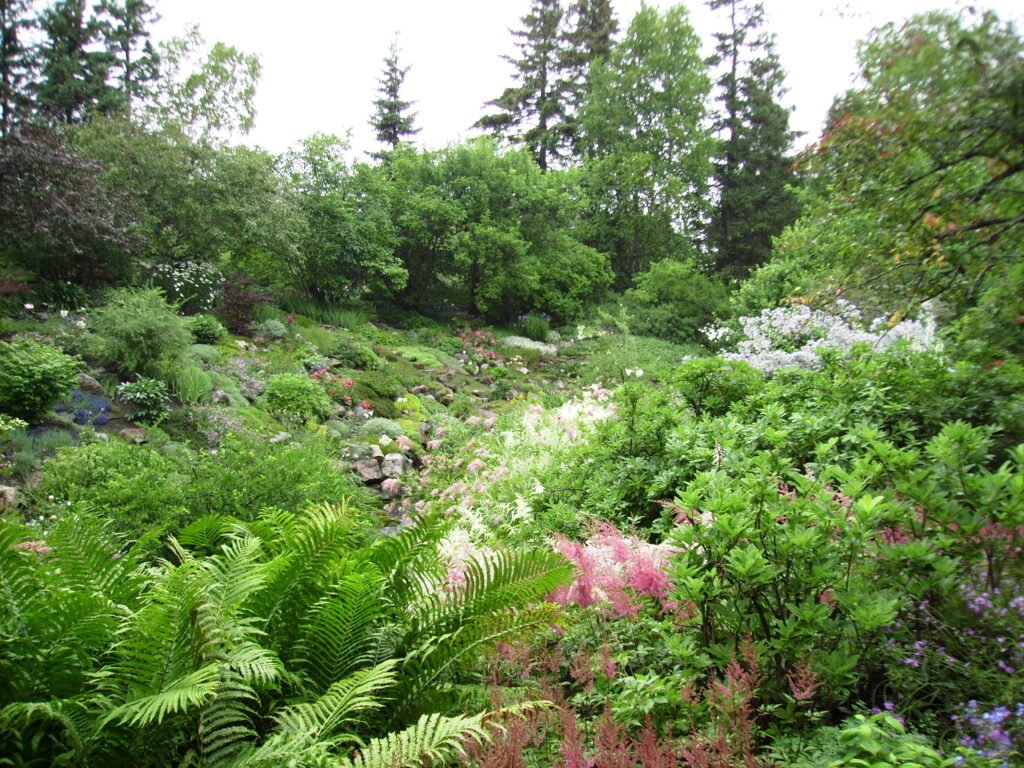Imagine stepping into a garden woven from the threads of many worlds—a living tapestry where wild prairie sage meets the cultivated rows of potatoes, and the scent of sweetgrass mingles with the vibrant blooms of European flowers. The Métis Garden is much more than a patch of cultivated earth; it’s a living testament to resilience, adaptability, and the extraordinary blending of cultures. In every leaf, root, and seed, stories of survival, ingenuity, and connection to land unfold. This is a garden where science and spirit grow side by side, reminding us of the intricate bonds between people and the natural world. Here, the past and present thrive together, and every plant tells a story of movement, negotiation, and hope.
Roots of Métis Identity: Blended Origins in Soil and Spirit
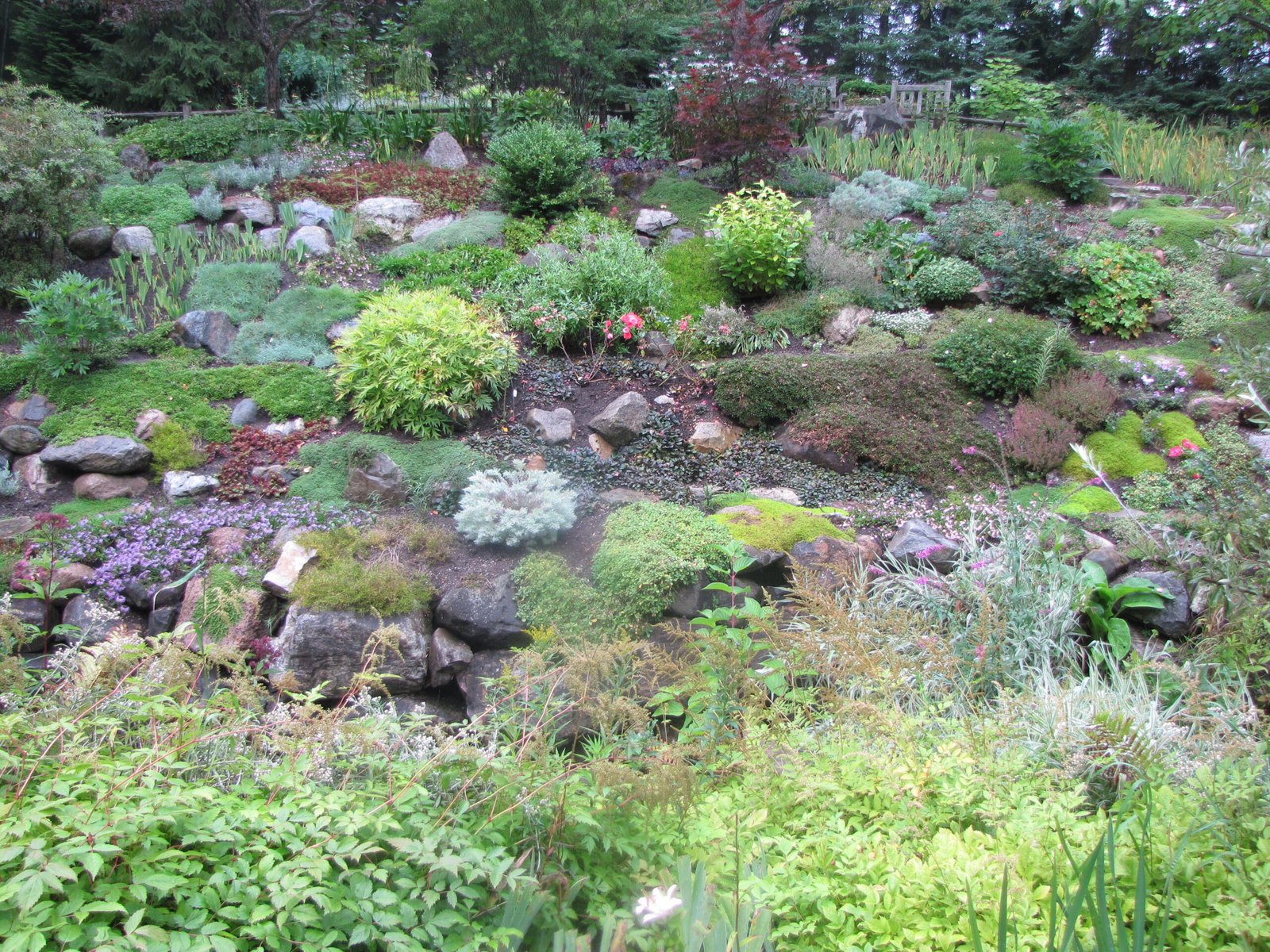
At the heart of the Métis Garden lies a story of convergence. The Métis people emerged from the unions of First Nations women and European fur traders, particularly during the 18th and 19th centuries. This unique heritage gave rise to a new community with its own language, traditions, and ways of living on the land. The garden reflects this blended identity—plants and practices brought from Europe mix with those native to North America. For example, Métis gardeners would plant potatoes and onions alongside wild prairie turnips and chokecherries. This rich diversity in the garden mirrors the interwoven nature of Métis culture, where every row and cluster embodies the spirit of collaboration and adaptation.
Traditional Knowledge: Wisdom Passed Through Generations
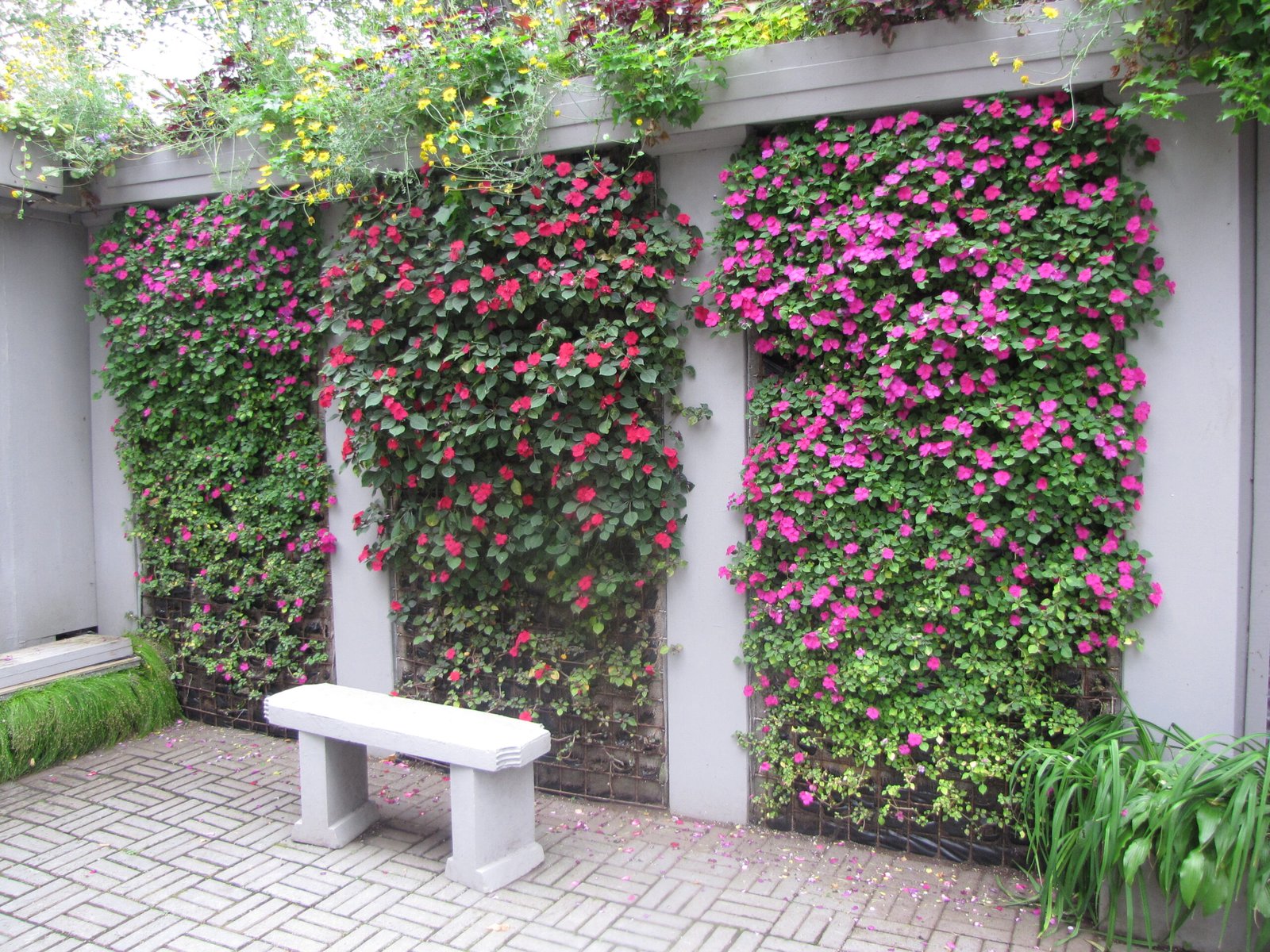
Métis gardening isn’t just about planting seeds; it’s about nurturing relationships—with the earth, the seasons, and ancestral knowledge. Elders pass down stories about when to plant, what to harvest, and how to care for the land. They teach the importance of moon phases, animal behavior, and weather patterns in deciding the timing of garden work. Techniques like companion planting and natural pest management are rooted in centuries-old wisdom. This knowledge, carefully preserved and shared, ensures that the garden remains a place of learning and cultural connection, tying each new generation to those who came before.
The Fur Trade’s Influence: Seeds Carried Across Continents

The fur trade didn’t just move goods—it moved seeds, plants, and ideas. As fur traders traveled and settled, they introduced European crops like cabbage, carrots, and peas to the prairies. Métis families adopted these new plants, weaving them into their gardens alongside wild species. The result is a landscape shaped by trade and mobility, where gardens became microcosms of global exchange. The Métis Garden tells the story of how the fur trade’s highways—rivers and trails—became pathways for living things, forever changing the diets and daily lives of those who tended these plots.
Territory and Land: Gardening on the Move
Unlike the fixed plots of European-style farming, Métis gardening was often shaped by a semi-nomadic lifestyle. People moved with the seasons, following the bison and gathering wild foods, but always returned to certain places to plant and tend gardens. These “garden patches” were often located near rivers or traditional campsites, chosen for rich soil and reliable water. This approach created a mosaic of cultivated spaces across the landscape—each one a marker of Métis presence and care. The garden was both a means of survival and a claim to territory, asserting belonging through the act of cultivation.
Signature Plants: The Stars of the Métis Garden
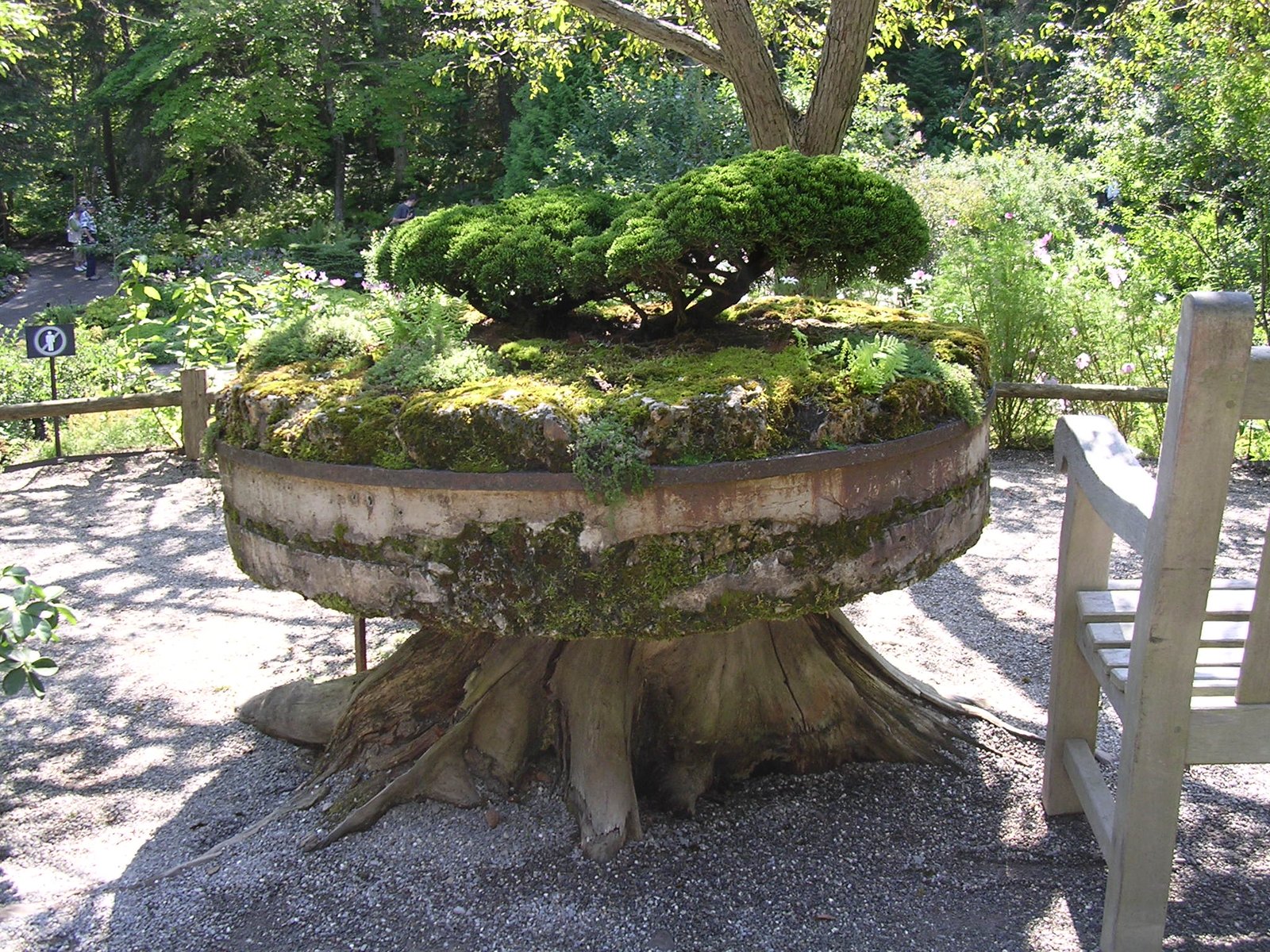
Certain plants stand out as icons in Métis gardening. Potatoes, brought from Europe, quickly became a staple, prized for their hardiness and nutritional value. Wild turnips, or “pomme blanche,” were gathered from the prairies and often found their way into stews and breads. Saskatoon berries, with their sweet, purple flesh, were cherished for fresh eating and winter storage. Herbs like mint and sage offered both flavor and medicine. Each of these plants carries cultural significance, serving as a bridge between traditional Indigenous foods and the new crops introduced through trade.
Gardening Techniques: Innovation and Adaptability
Métis gardeners developed unique techniques to thrive in challenging conditions. Raised beds and mounded rows helped protect delicate roots from heavy rains and cold snaps. Rotating crops and interplanting beans with corn improved soil fertility and reduced pests. Simple tools fashioned from wood and bone were used alongside metal implements traded from Europeans. Water from nearby streams was carefully channeled to irrigate the plants. These techniques demonstrate a deep understanding of local ecosystems and an ability to innovate in the face of changing environments.
Healing Plants: Medicine in the Métis Garden
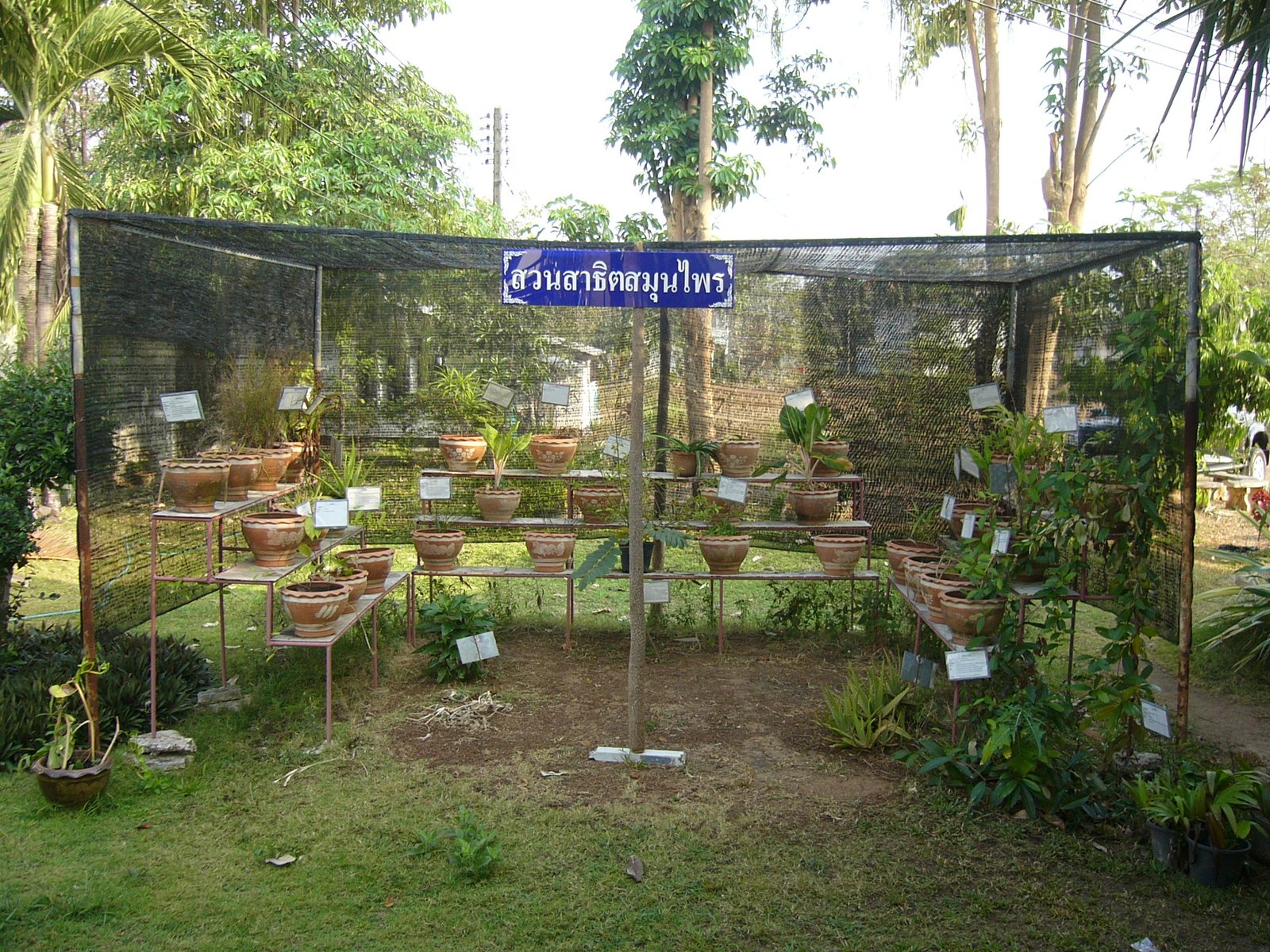
Beyond food, the Métis Garden is a pharmacy. Many traditional plants are valued for their healing properties. Sweetgrass, for instance, is used in smudging ceremonies and to treat coughs. Wild mint soothes stomach aches, while yarrow helps heal wounds. Knowledge of these plants is closely guarded and lovingly shared, often through hands-on teaching in the garden. This blending of Indigenous and European herbal practices created a holistic approach to health, where the garden nourished body, mind, and spirit alike.
Community and Connection: The Garden as Gathering Place
A Métis garden is rarely a solitary enterprise. Family members, neighbors, and friends come together to plant, weed, harvest, and celebrate. The garden becomes a place for storytelling, laughter, and teaching children about their roots. Community feasts often feature dishes made from the bounty of the garden, reinforcing ties between people and land. This collaborative spirit is central to Métis identity, with the garden acting as both a literal and metaphorical ground for relationships to grow and flourish.
Modern Revivals: Reclaiming Heritage Through Gardening
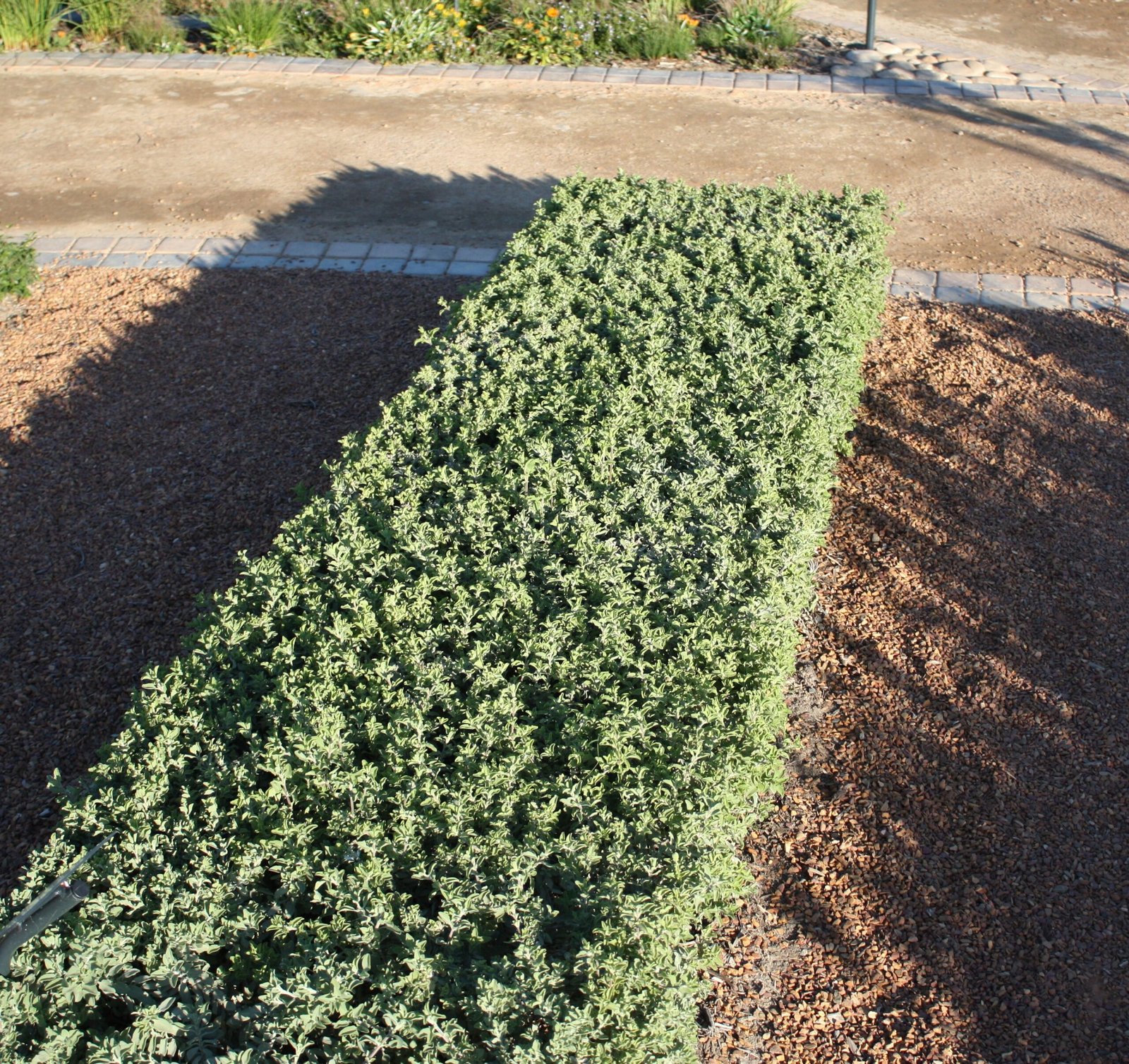
Today, Métis communities are revitalizing traditional gardening practices as a way to reconnect with their heritage. Community gardens, educational workshops, and seed-saving initiatives are springing up across the prairies and beyond. These efforts help preserve rare plant varieties and ancestral knowledge, while also promoting food sovereignty and healthy living. Modern Métis gardeners blend old and new, planting heirloom crops alongside contemporary favorites, and use social media to share tips and stories. This revival is as much about healing and pride as it is about growing food.
Science Meets Tradition: The Métis Garden as Living Laboratory
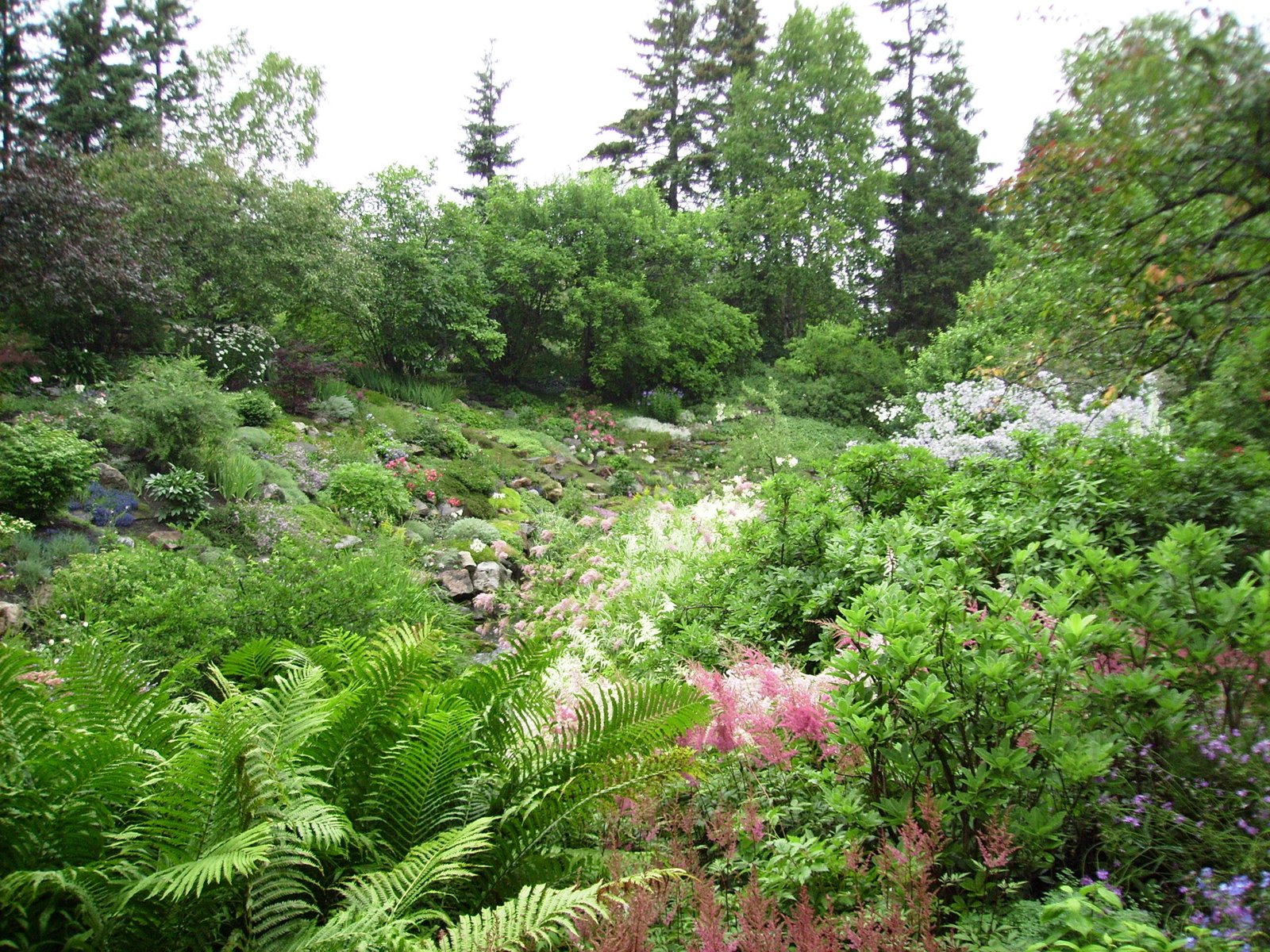
The Métis Garden is a rich site for scientific curiosity. Botanists and ecologists are increasingly interested in the traditional practices encoded in Métis gardening, recognizing their value for sustainable agriculture and biodiversity. Studies show that mixed-plant gardens can improve soil health, reduce pests, and support pollinators—principles long used by Métis gardeners. The blending of empirical observation and cultural wisdom creates a powerful synergy, offering lessons for anyone seeking to steward the land more responsibly.
Lessons for the Future: The Enduring Power of the Métis Garden
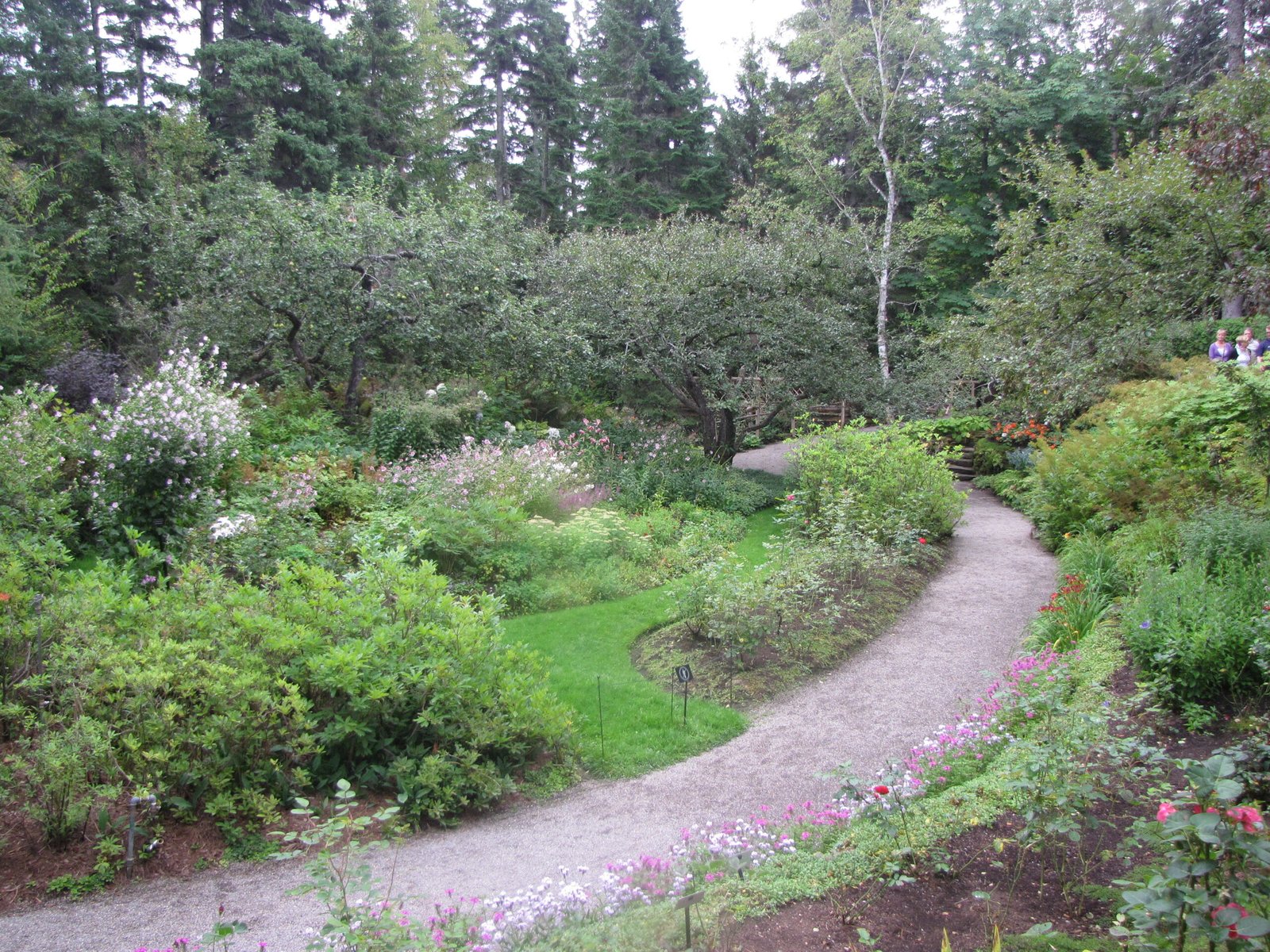
The Métis Garden stands as a testament to the enduring power of adaptation, collaboration, and respect for the land. In every seed sown and every harvest gathered, there is a reminder that culture is not static—it grows, changes, and responds to new challenges. The stories of the Métis garden inspire us to honor our roots, embrace diversity, and find creative ways to thrive together on a changing planet. Would you have imagined that a simple garden could hold so much history, healing, and hope?

